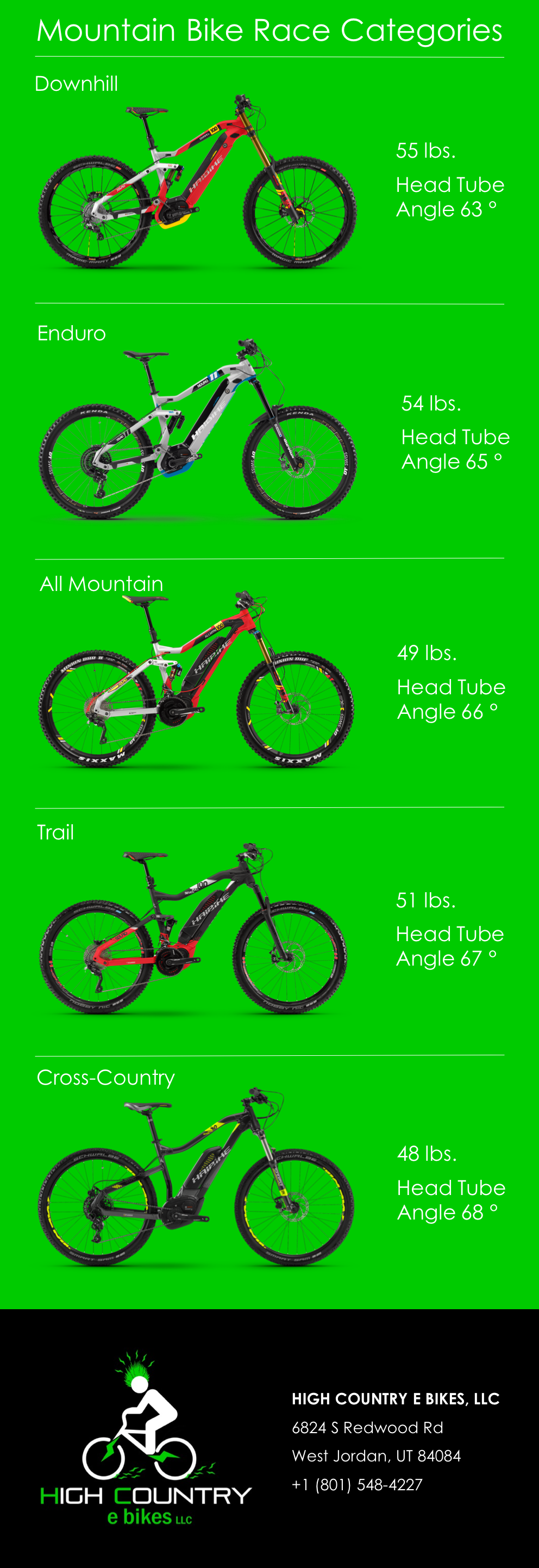If you're considering purchasing an e-bike, recognizing the various courses is type in making an educated choice. You could be stunned at just how each class supplies one-of-a-kind functions that deal with numerous riding preferences and lawful needs. From pedal-assist alternatives to throttle-controlled designs, each class has its advantages. So, before you choose the perfect e-bike for your needs, it's important to grasp the distinctions between Course 1, Course 2, and Class 3 e-bikes.
Course 1 E-Bikes
Class 1 E-Bikes are specified as pedal-assist electrical bikes that give aid only when you pedal, discontinuing to do so when you get to 20 mph. These bikes are excellent for those trying to find a little extra increase while still wishing to get some exercise. Class 1 E-Bikes provide a smooth shift in between pedaling and electrical assistance, helping you overcome hillsides and cross countries with ease. The motor begins as quickly as you begin pedaling, offering an all-natural and easy adventure experience.
Among the vital benefits of Class 1 E-Bikes is that they're allowed on a lot of bike courses and routes where standard bikes are permitted. This means you can explore brand-new routes and delight in the open airs without any constraints.
In https://fatbikeebikefactory43210.newsbloger.com/33661829/tips-for-expanding-the-battery-life-of-your-e-bike-practical-advice , these bikes are environmentally friendly and use a sustainable mode of transport, decreasing your carbon footprint while still getting you to your destination successfully.
Course 2 E-Bikes
Going on from the pedal-assist characteristics of Course 1 E-Bikes, Course 2 E-Bikes introduce a new component into the electrical bicycle world. These e-bikes come with a twist throttle function, permitting you to ride without pedaling at all. With simply click the up coming website page , you have the alternative to just involve the throttle and let the motor do the job, propelling you ahead effortlessly.
Course 2 E-Bikes are optimal for motorcyclists that might require a break from pedaling or require assistance when beginning with a total quit. This function makes them particularly appealing for individuals with minimal movement or those who desire an even more leisurely riding experience.
Nevertheless, it is very important to note that Class 2 E-Bikes are still controlled by a speed restriction of 20 mph, ensuring safety and conformity with guidelines.
Class 3 E-Bikes
For riders seeking an extra dynamic electric biking experience, Course 3 E-Bikes offer boosted speed and efficiency contrasted to their Class 1 and Class 2 counterparts. Class 3 E-Bikes are called "speed pedelecs" and can reach speeds of approximately 28 miles per hour, offering a thrilling experience for those seeking an added increase. These bikes come outfitted with a pedal-assist system that kicks in when you begin pedaling, making it much easier to maintain greater rates with much less initiative.
One vital function of Course 3 E-Bikes is that they aren't limited to bike lanes just; they can additionally be utilized on roads where the rate limitation is 30 mph or reduced. This versatility allows riders to navigate via website traffic extra efficiently while still delighting in the benefits of electrical assistance.
However, it's vital to remember that some locations may have certain policies concerning using Course 3 E-Bikes, so always inspect local legislations before hitting the trail.
Verdict
So, now that you recognize the differences between Course 1, 2, and 3 E-Bikes, you can make an informed decision on which kind finest fits your requirements. Whether you favor pedal-assist, throttle function, or greater rates, there is an E-Bike course available for you. Keep in mind to consider your neighborhood guidelines and individual choices before making your option. https://fattireebikesuppliers87531.bleepblogs.com/33533572/important-suggestions-for-identifying-the-best-e-bike-that-satisfies-your-details-demands riding!
